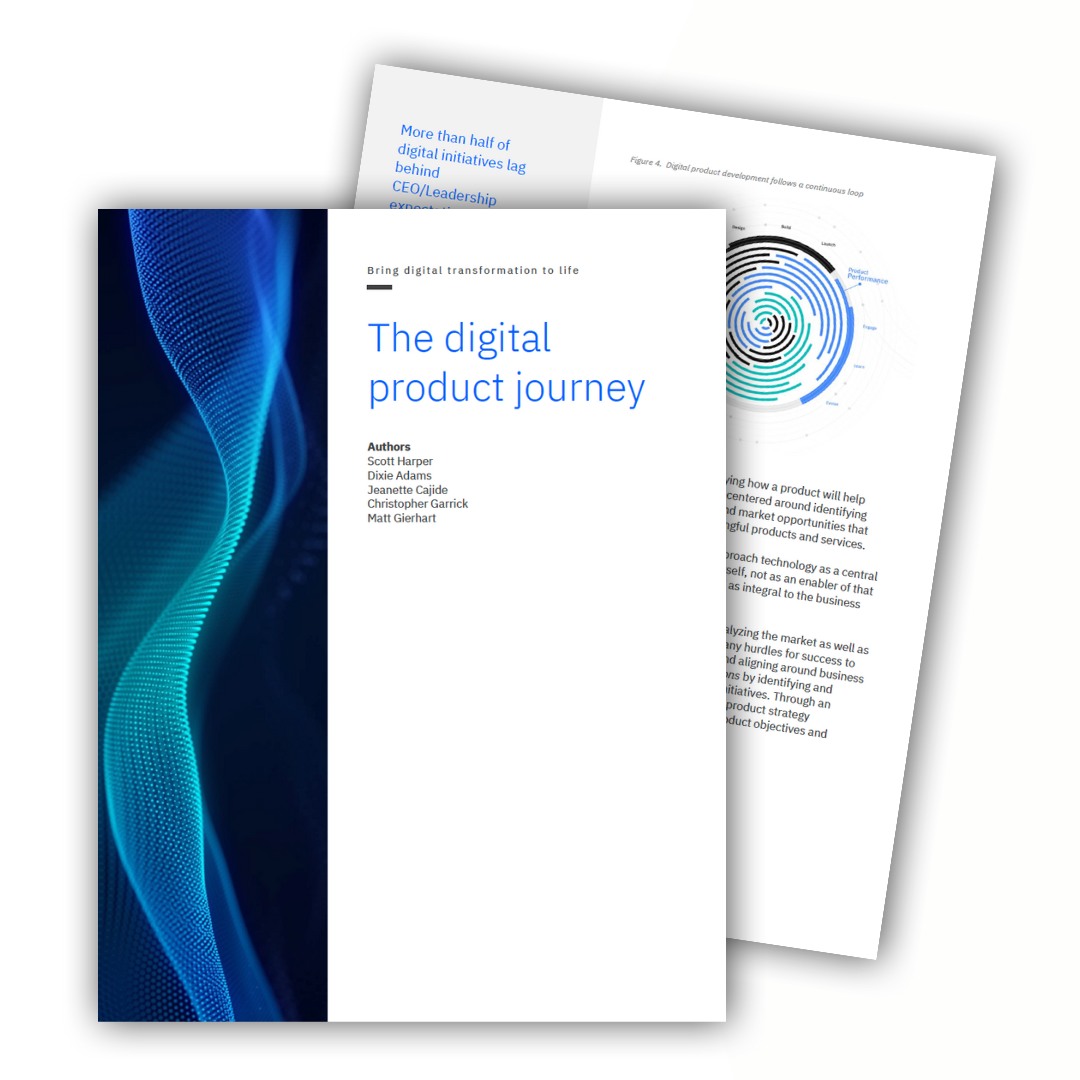Today, companies increasingly rely on digital products to drive growth by creating new markets, capturing market share, and optimizing operations. However, launching a digital product alone is not enough; it is equally essential to measure its performance to ensure its effectiveness and identify areas for improvement.
Measuring digital product performance is critical to stay competitive, but most companies don’t know where to start. Here’s how we help enterprises capture, analyze, and leverage data to make informed decisions that pay off.
Gathering Data: The Foundation of Effective Measurement
Digital product performance measurement begins with the collection of relevant data. This data is obtained from various sources, such as website analytics, user feedback, customer surveys, and social media metrics. By gathering comprehensive data, companies can gain valuable insights into how their digital products perform and how customers engage with them.
The Right Tools For the Job
The key to gathering the right data is value orchestration: the methodology of how companies drive value from the executive level down to the road maps teams use to build features for individual products. For example, value orchestration looks at the overarching goals of the organization (i.e. increase revenue) and breaks that goal into value streams throughout the portfolio of products. Each product is then responsible for delivering on portfolio-level goals in their own capacity.
It is crucial to establish key performance indicators (KPIs) aligned with those business objectives to measure the success of a digital product effectively. These KPIs could include metrics like conversion rates, user engagement, customer satisfaction, and revenue generation. With the right KPIs, companies can focus their data collection efforts and obtain meaningful insights to drive growth.
For our clients, this manifests as a series of workshops culminating in a business outcomes roadmap: a visual guide for leadership and product teams to see how all products contribute to enterprise goals.
Effectively Analyzing Data: Unleashing the Power of Insights
Once the data is collected, the next step is to analyze it effectively. This involves employing robust analytical tools and techniques to extract actionable insights. Advanced data analysis methods like segmentation, cohort analysis, and A/B testing provide a deeper understanding of user behavior, preferences, and pain points.
Segmentation allows companies to group users based on various attributes and analyze their behavior patterns separately. By understanding the needs and preferences of different user segments, companies can tailor their digital products to provide a more personalized experience, ultimately driving customer satisfaction and loyalty.
Cohort analysis helps companies track the behavior of specific user cohorts over time, enabling them to identify trends and patterns. This analysis can unveil valuable insights, such as the impact of product updates or marketing campaigns on user engagement and retention. Companies, armed with this knowledge, can make data-driven decisions to optimize their digital products and marketing strategies.
A/B testing, also known as split testing, involves comparing two or more versions of a digital product to determine which performs better. By conducting controlled experiments, companies can test different features, designs, or user experiences and identify the most effective options. A/B testing empowers executives to make informed decisions based on quantifiable data rather than relying on guesswork or assumptions.
One important note for this part of the process, gleaned from our years helping enterprises: siloes drive poor decision making. It’s pivotal to take a holistic approach and analyze the data from multiple areas. This means identifying different personas, their needs and goals, and the specific tools they use. Product managers may be more focused on the user lifecycle, while designers are focused on usability, while sales is focused on retention and growth. Product performance should never be measured with one person in mind.
Using Data to Make Informed Decisions: Accelerating Growth
The actual value of measuring digital product performance is leveraging data-driven insights to make informed decisions. Here are some key ways in which companies can utilize data to accelerate business growth:
Enhancing User Experience: Companies can identify pain points in the user journey through data analysis and optimize the digital product accordingly. By addressing user concerns and improving the overall user experience, companies can boost customer satisfaction, drive higher engagement, and increase conversions.
Iterative Product Development: Measuring digital product performance enables companies to track the impact of product updates and iterations. Executives can prioritize feature enhancements, fix bugs, and deliver iterative improvements that align with user needs by analyzing user feedback and data. This iterative approach fosters continuous innovation, ensuring the digital product remains relevant and competitive.
Targeted Marketing and Personalization: Data analysis helps companies understand their target audience’s preferences, behavior, and demographics. This information allows executives to create personalized marketing campaigns that resonate with specific user segments. Companies can improve customer acquisition and retention by delivering relevant and targeted messages, ultimately driving accelerated growth.
Forecasting and Strategy: Measuring digital product performance provides executives valuable data points for forecasting future trends and making strategic decisions. By analyzing historical data, companies can identify growth opportunities, allocate resources effectively, and make informed decisions about market expansion, partnerships, or new product launches.
Measuring Digital Product Performance Is Essential
Executives seeking to accelerate growth and remain competitive in the digital age. Companies can optimize their digital products by gathering data, effectively analyzing it, and leveraging insights to make informed decisions, enhance user experiences, and drive business growth. Embracing a data-driven approach will empower executives to stay agile, adapt to evolving customer needs, and lead their organizations to success in the dynamic digital landscape.

Want to learn more about the power of the product approach?
ABOUT THE AUTHOR

Jason LeBlanc is a Product Manager & Strategy Consultant at Dialexa. Jason began his tech career early in college when he founded his first company and discovered his talent for user experience and design. Today, Jason is an accomplished leader in building product management and design teams, scaling products to millions of users, and advising clients across multiple industries to do the same with their products. At Dialexa, Jason focuses his energy on empowering his teams to be effective product leaders as we build amazing solutions for our clients.




